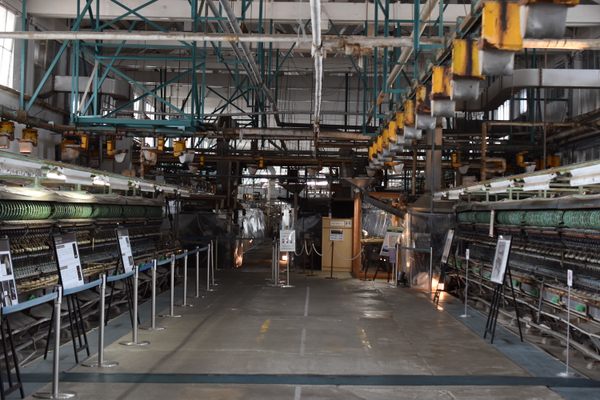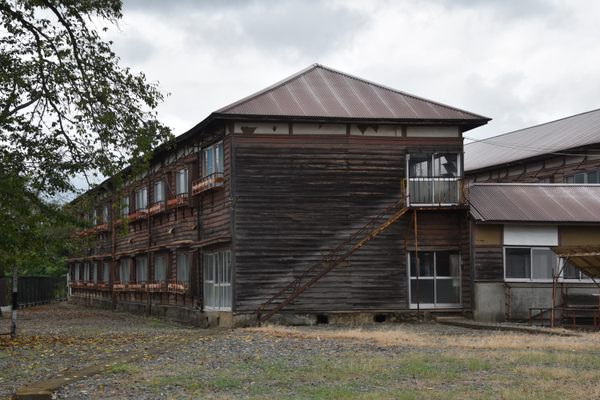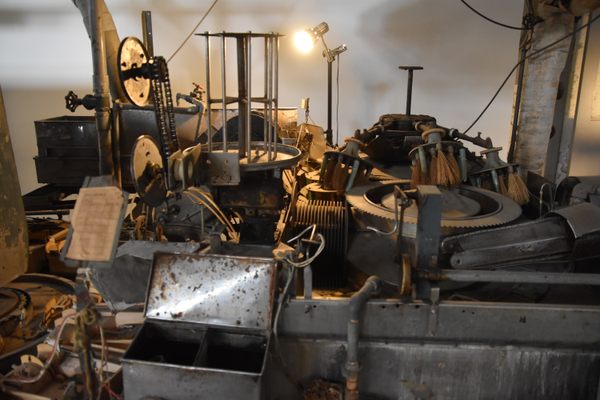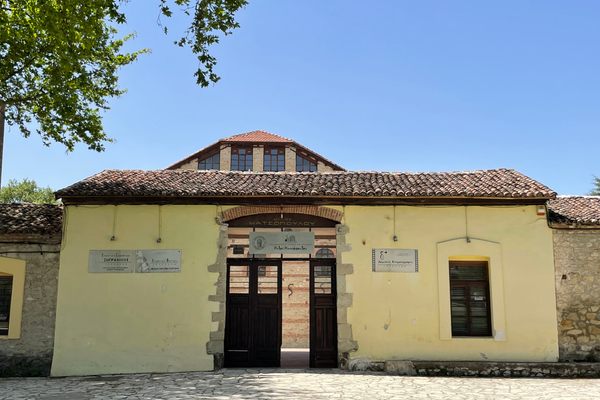About
The Tomioka Silk Mill is a kind of historical site that every child learns about at school in Japan, but despite its UNESCO World Heritage status, it's not among the country's top tourist destinations. Which is a shame, since the site offers plenty of incredible views and well-preserved architecture, a glimpse into the dawn of industrial Japan.
The Silk Mill's story starts with the end of Japan's feudal isolationism in 1853, which then sent it running to catch up with the rest of the world. As previously unknown technology and Western culture came flooding in, Japan welcomed a large number of "foreign employees," hired by the new government for assistance and advice needed for its drastic modernization.
Silk was Japan's main export back then. Its success was largely thanks to the pébrine outbreak in European silkworms as well as Qing being affected by the Taiping Civil War. But the demand put too much stress on the domestic industry, and the quality of the silk was worsening over time.
Fearing disapproval from its trade partners, the Japanese government decided to take matters into its own hands. The Tomioka Silk Mill was established in 1872, with French technician Paul Brunat in charge, the mill adopted cutting-edge Western machinery and red-brick architecture.
Its opening was delayed for some months due to the lack of employees. Being unused to red wine, many Japanese people were suspicious of Westerners and reluctant to work under them. It didn't help that a rumor was circulating that the French workers were seen drinking blood. (They were actually drinking red wine.) Several of the officials had to make their own daughters work at the Silk Mill to convince people that it was not a den of vampires.
Once it finally got on track, it wasn’t long before it became the center of Japan’s industrial revolution and international sericulture. Every day, hundreds of women worked in the reeling plant, producing high-quality silk that was imported to Lyon, Milan, and New York.
The ownership of the Tomioka Silk Mill was passed on from the government to the Mitsui zaibatsu in 1893, then to the Hara company in 1902, and finally to Katakura Industries, which absorbed Hara in 1939. It continued its operations through World War II, surviving numerous bombings, up until its closure in 1987.
Katakura refused to open the site to the public for the next 18 years, but money was no object when it came to its maintenance and restoration, preserving the historic monument in superb condition. It finally donated the Silk Mill to the city of Tomioka in 2005, which has since managed the site.
Almost immediately, the city also started a campaign for it to be included in the UNESCO World Heritage List. It was designated in 2014 as an important site of industrial heritage, part of Tomioka Silk Mill and Related Sites, while some of its structures were recognized as National Treasures. That year saw its peak in the number of visitors, scoring over a million, but it only went on to decrease year by year, leaving it half-forgotten in its antique glory.
Related Tags
Know Before You Go
Open every day from 9 a.m. to 5 p.m. Admission is 1,000 yen, but if you're visiting from Takasaki Station (as you're most likely to), you might want to consider getting a combo ticket at the station, which costs 2,200 yen (420 yen cheaper than making separate purchases) and includes the round-trip fare between Takasaki and Joshu-Tomioka as well as admission to the Silk Mill.
Hidden Japan: Sado Island, Nara & Kyoto
Explore a different side of Japan.
Book NowCommunity Contributors
Added By
Published
December 12, 2024

















































